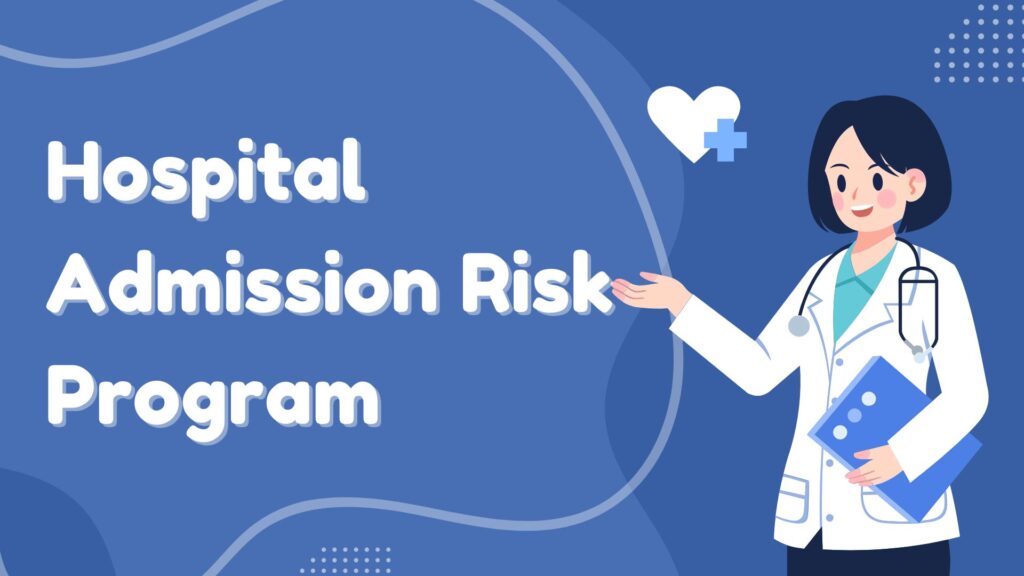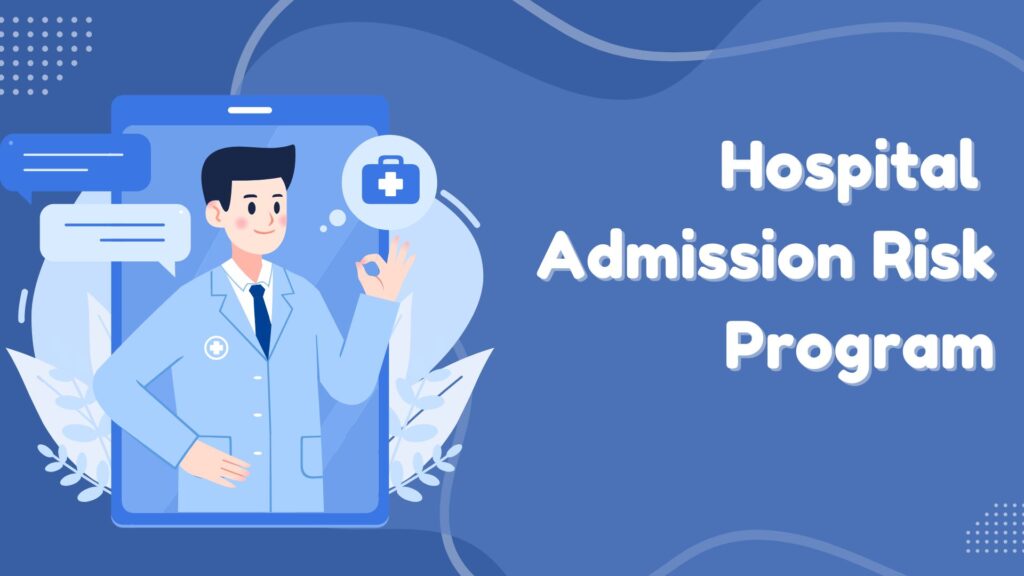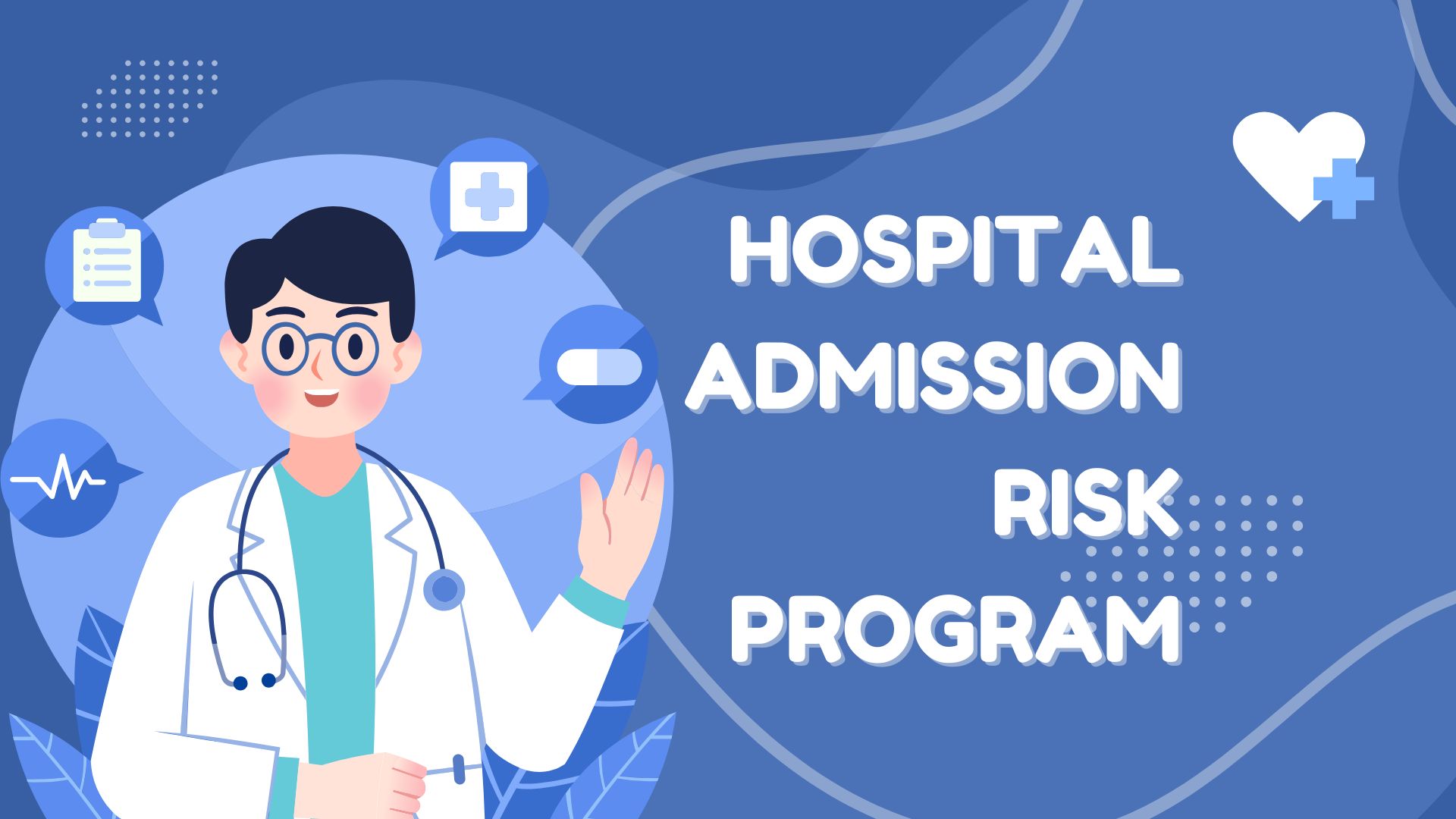Healthcare systems worldwide face increasing pressure due to rising hospitalization rates, especially for chronic diseases, elderly patients, and individuals with multiple health conditions. To address this challenge, many hospitals and healthcare providers have implemented a Hospital Admission Risk Program (HARP). This program is designed to identify patients who are at risk of frequent hospital admissions and provide them with proactive, coordinated care to reduce unnecessary hospital stays.
What is a Hospital Admission Risk Program?
A Hospital Admission Risk Program is a preventive healthcare strategy that targets patients who are more likely to require hospital admission due to their health status. These patients often have chronic illnesses such as diabetes, heart failure, chronic obstructive pulmonary disease (COPD), or mental health conditions. Instead of waiting until a crisis occurs, the program aims to manage health conditions early through regular monitoring, education, and support.
The core idea is to reduce preventable hospital admissions and improve the quality of life for patients by ensuring they receive the right care at the right time.

Key Objectives of the Program
- Early Identification of At-Risk Patients
Using medical history, hospital records, and risk assessment tools, patients who are more likely to be admitted are identified. - Personalized Care Plans
Each patient receives a tailored care plan that focuses on their specific health needs, medications, and lifestyle improvements. - Chronic Disease Management
Education and self-management support help patients understand their conditions, monitor symptoms, and take preventive steps. - Coordinated Care
Doctors, nurses, allied health professionals, and community services work together to ensure patients receive continuous care outside the hospital. - Reduced Healthcare Costs
By minimizing avoidable hospital stays, the program reduces the financial burden on both healthcare systems and patients.
How Does It Work?
The Hospital Admission Risk Program typically follows these steps:
- Risk Assessment: Patients are screened using health data, recent hospital visits, and chronic illness history.
- Enrollment: High-risk patients are enrolled in the program with their consent.
- Care Coordination: A dedicated case manager or healthcare team provides regular follow-ups, home visits, telehealth consultations, and medication management.
- Support Services: Patients receive access to community support, rehabilitation, mental health services, and social care if needed.
- Monitoring and Evaluation: Patient outcomes are regularly reviewed to ensure the program’s effectiveness.
Benefits of a Hospital Admission Risk Program
- Better Health Outcomes: Patients experience fewer complications and enjoy improved quality of life.
- Reduced Hospital Strain: Hospitals can focus resources on emergency and acute cases.
- Empowered Patients: Patients learn to manage their conditions effectively, reducing anxiety and dependency on hospitals.
- Cost Savings: Healthcare costs decline due to fewer emergency admissions and shorter hospital stays.
Challenges in Implementation
While the program is highly beneficial, it requires strong coordination, funding, and patient engagement. Some patients may resist participation due to lack of awareness or cultural barriers. Additionally, integrating data across hospitals, clinics, and community services can be complex.

FAQs
Q1. Who can benefit from a Hospital Admission Risk Program?
Patients with chronic illnesses, elderly individuals, and those with frequent hospital admissions are the main beneficiaries.
Q2. Is enrollment in the program voluntary?
Yes. Patients are invited to join after being identified as at-risk, but participation is voluntary.
Q3. Does the program replace hospital care?
No. It complements hospital care by focusing on prevention and community-based management, but patients still receive hospital treatment when necessary.
Q4. How does the program save money?
By reducing unnecessary hospital admissions, emergency visits, and prolonged stays, it cuts down on healthcare costs.
Q5. Can family members be involved in the program?
Yes. Families often play a crucial role in supporting patients with medication, lifestyle changes, and follow-up care.
Conclusion
The Hospital Admission Risk Program is a proactive approach that shifts the focus of healthcare from treatment to prevention. By identifying at-risk patients early and providing them with personalized, coordinated care, the program not only reduces preventable hospital admissions but also improves patients’ well-being and reduces healthcare costs. With better awareness, collaboration, and resources, this program has the potential to transform the way chronic diseases and hospital care are managed worldwide.
